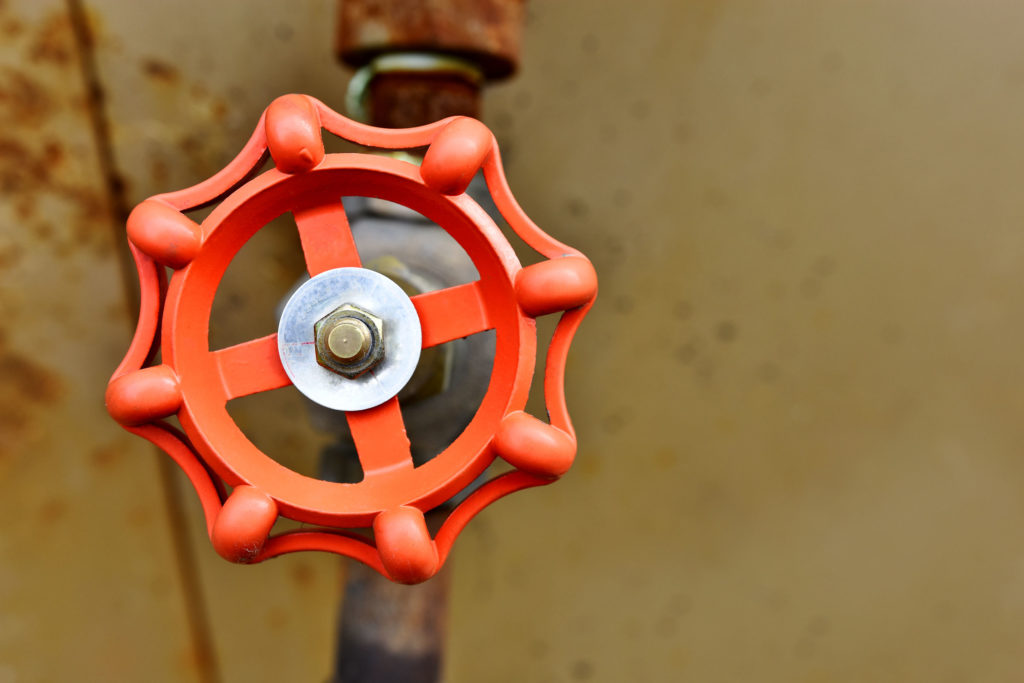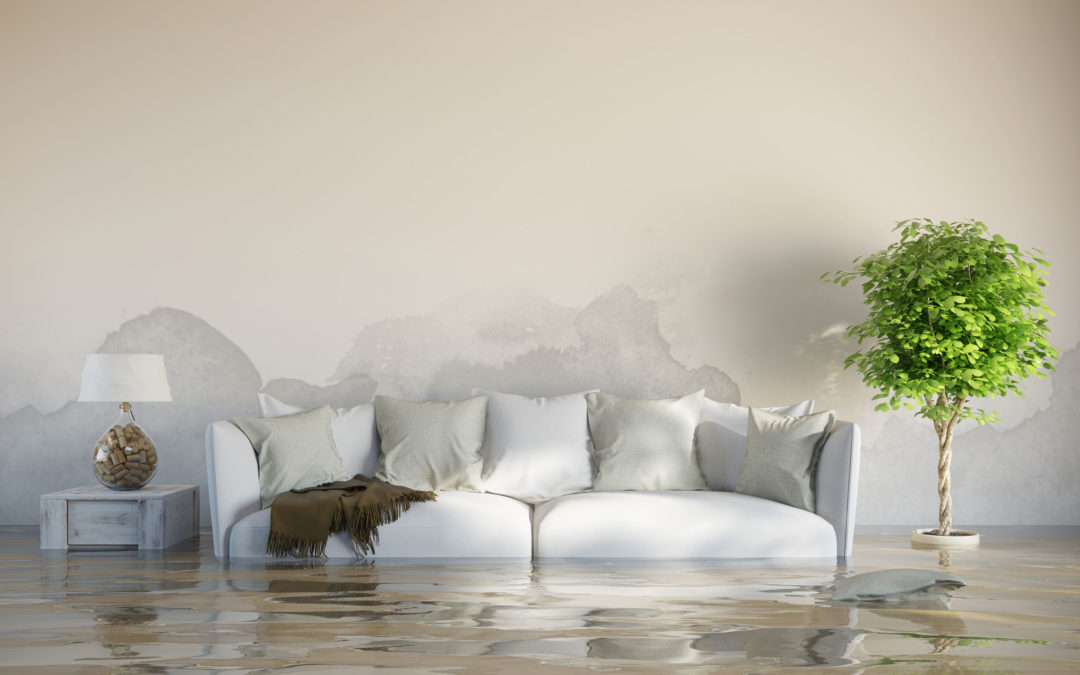You are sleeping soundly in your bed when you are suddenly awakened by a loud noise. You jump out of bed to see what it is and find your kitchen floor covered in water!! You have no clue what is going on, but you know you need to stop the water from continuing to pour!
Under the sink, you find the water value and reach to turn it off, but it’s not budging. You’re panicking, water is everywhere, and you have to get it stopped. You remember there is a main water valve in the house… I mean, there’s got to be right? You just can’t seem to remember where it is.
You run downstairs to the closet where the hot water tank is, but it’s not there. You run into the closet where the electrical panels are, and nope, it’s not there. Holy cow, what are you going to do? Where is the main water valve?
Coming to a stop, you try and gather your wits about you. You know you’ve seen that red valve somewhere in this house, you just know it. Then, you remember while you were cleaning up outside, right outside the laundry room, you saw a red valve. You go out your back door, and voila! There it is!
Relieved, you clean up what water you can, and wait until morning to call a plumber.
However, you can’t get back to sleep. As sleep evades you, you wonder if other people have as much difficulty finding their main water valve. You Google ‘how to find your main water valve’ and you are thoroughly entertained by all of the homemade videos of people explaining where to find it. Actually, you’re pretty proud of yourself for finding it on your third try.
A new thought pops into your head: what is my insurance agent going to say? Will this be covered? How did the leak even start?

In the case of a plumbing emergency, finding the main water valve is often the most important task, but can be challenging if you don’t already know where it is. Some main water shutoff valves have a bright red handle, which makes them easy to identify. Just give it a strong clockwise turn and the water will be shut off.
Tips To Help You Plan Ahead
Plumbing Emergencies
The primary reason for shutting off the water to the house is in the case of a plumbing emergency. This may consist of a burst pipe, seriously backed up sewer drain, flooding from an intense storm or any other incidents that might cause water to enter your living space. When you shut off the main supply of water to the house, at the very least you’ll stop the water flow and reduce the amount of water damage.
Major Renovations
If you are having a major home renovation performed and pipes are being moved or replaced, then the main water shutoff comes into play. If the work is being done on a small area or specific appliance, then the main valve won’t need to be closed, but if the work relates to a larger area, all the water may need to be shut off.
On Vacation
If you are leaving the house for a long vacation or some other reason, you might want to close the main water valve to save water and prevent damage in the case of a water leak. Most of the time, this isn’t an issue, but if the house will be vacant anyway, why take the chance? You don’t want to come home to a giant mess and damaged house.
Letting Everyone Know
It’s a good idea to train each family member just in case the water supply needs to be shut down and you aren’t home. Show them where the main water shutoff is, how to shut it off and go over a few scenarios in which they may have to use it. It may seem a little over the top, but being prepared will pay off in the end.
I challenge you to go find your main water valve! And if you’re curious about your current home insurance plan, give the Corwin-Rey team a call today!
Disclaimer: The information used in these blogs is for examples only and does not pertain to every situation. All insurance policies are different and tailored to each specific client. Claim details can also change outcomes. In no way do these blogs represent your specific coverage or replace coverage advice from your insurance company/agent. You should always review your entire policy and contact your insurance company and/or agent to verify coverage your policy does and does not cover.
